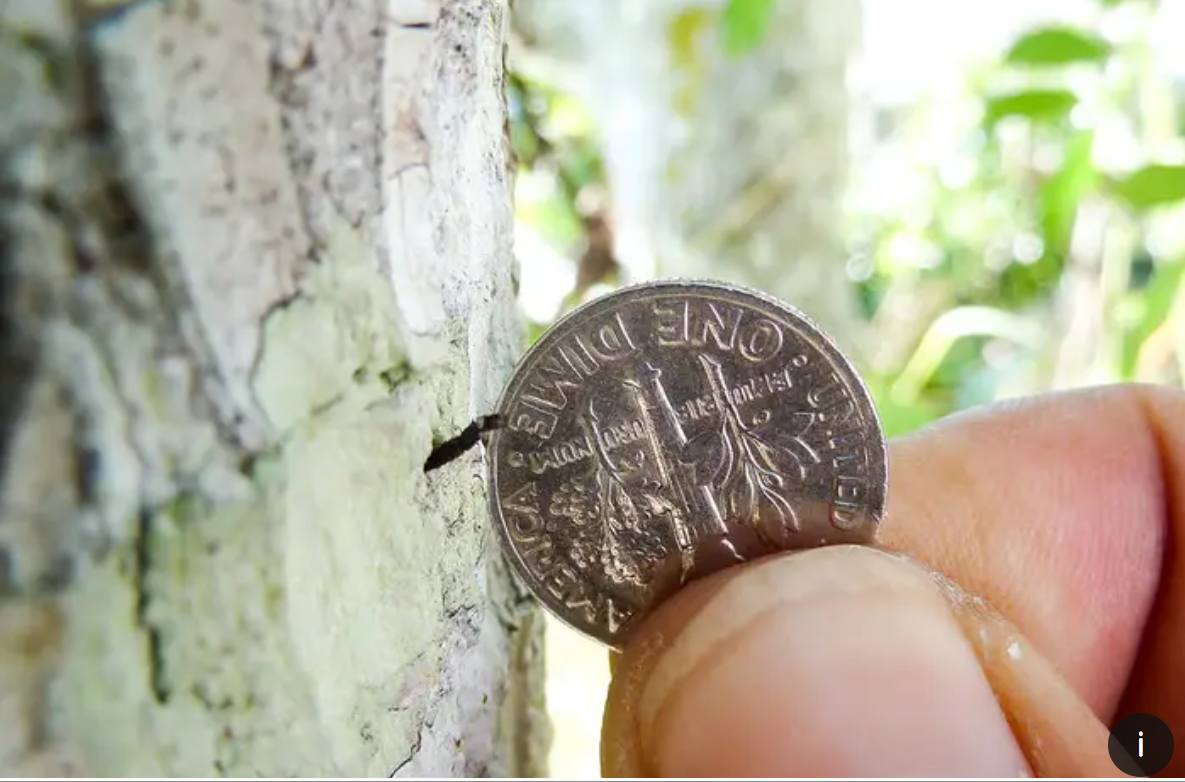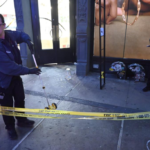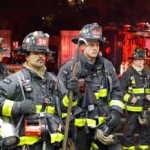Gothamist: The aggressive Redbay Ambrosia beetle is no bigger than Abraham Lincoln’s nose on a penny, but over the last two decades, the invasive insect has managed to kill more than 500 million trees in North America – and now it has arrived on Long Island, bringing its disease, laurel wilt, along with it.
Experts postulate that the dark-brown bug migrated north via firewood brought in from southern states where the insect has decimated sassafras, spicebush, camphor, swampbay, redbay and avocado trees. Aside from the loss of tree canopy, these decimated forests have a deep ecological impact because endangered pollinators such as butterflies depend on these plants for survival.
”The impact was just unseen before, and it was, and just unbelievably rapid, almost like some other type of natural disturbance like a hurricane or a fire,” said Jason Smith, a forest pathologist and a professor at the University of Mount Union.
There is no definitive number of how many trees have been affected so far in New York, according to the state’s Department of Environmental Conservation. The state is still conducting its initial survey. So far, they’ve found 700 trees wilting or dead from the disease out of an examination of 2,000.
The disease was first discovered in New York in Northport, but has been found in other Suffolk County towns, including Dix Hills, Hauppauge, St. James and Greenlawn.
Laurel wilt was first detected in the United States in Savannah, Georgia, in 2002. The fungus can kill a tree within weeks. Some of its rapid devastation includes wiping out more than 90% of the redbay trees in Florida forests. The current spread includes 12 states.
The disease cycle begins with the cigar-shaped beetle landing on a tree. They are attracted to mature, larger trees, but are not limited by size or age. The bug carries fungus spores inside its body at the base of each mandible. The beetle burrows into the tree’s sapwood, where the fungus can germinate in the wood. The spores rapidly colonize and disperse within the tree. The female cultivates the fungus alongside her eggs in a symbiotic relationship. When the eggs hatch, the young feed on the fungus.
“The Redbay Ambrosia beetles can be thought of as fungus farmers,” Bud Mayfield, a Research Entomologist at the US Forest Service, said.
In reaction to the fungal invasion, the tree closes off its water-conducting cells, and its sapwood will darken. The tree will wilt and weaken, essentially killing itself in an overreactive response to the fungal presence, similar to what happens when a tree is struck with Dutch elm disease. The foliage will take on a look of early fall with leaves browning and withering.
Other beetle species will flock to the ailing tree, attracted by the scent of ethanol, which many trees give off when sick. According to the Forest Service, the introduction of a single host led to the death of half a million redbay trees.







